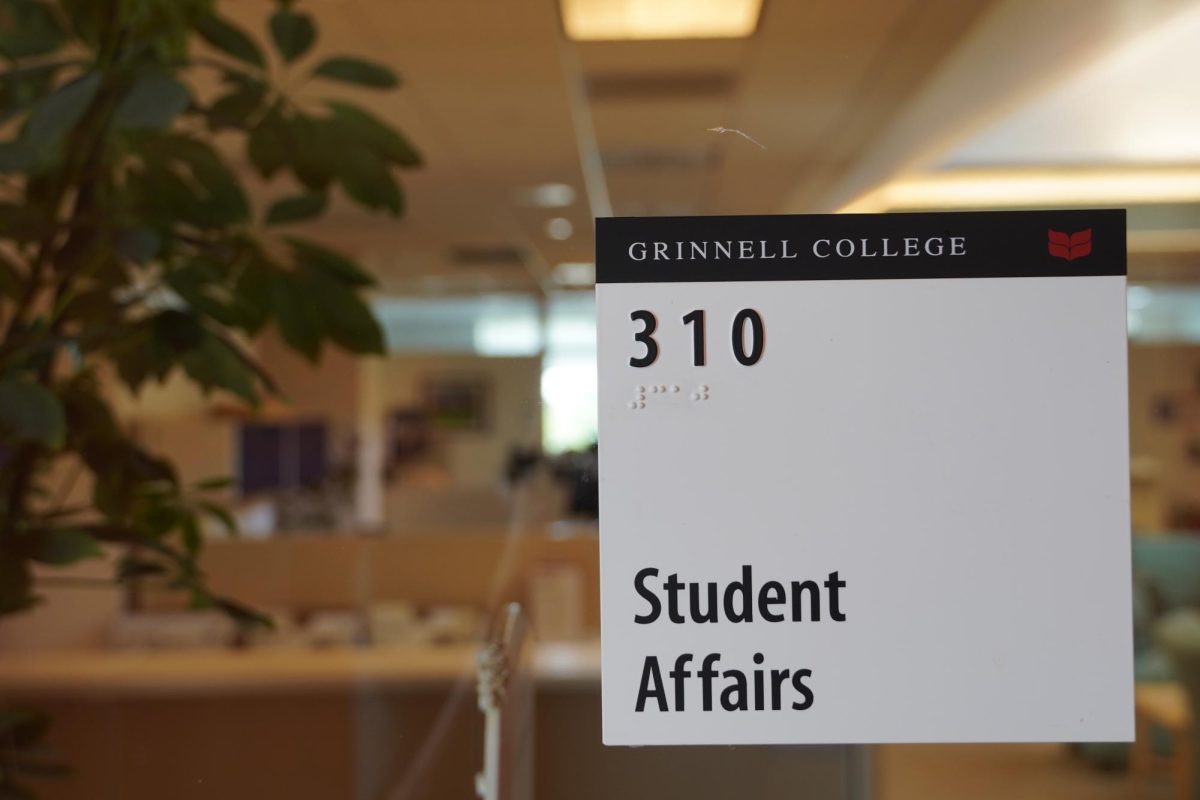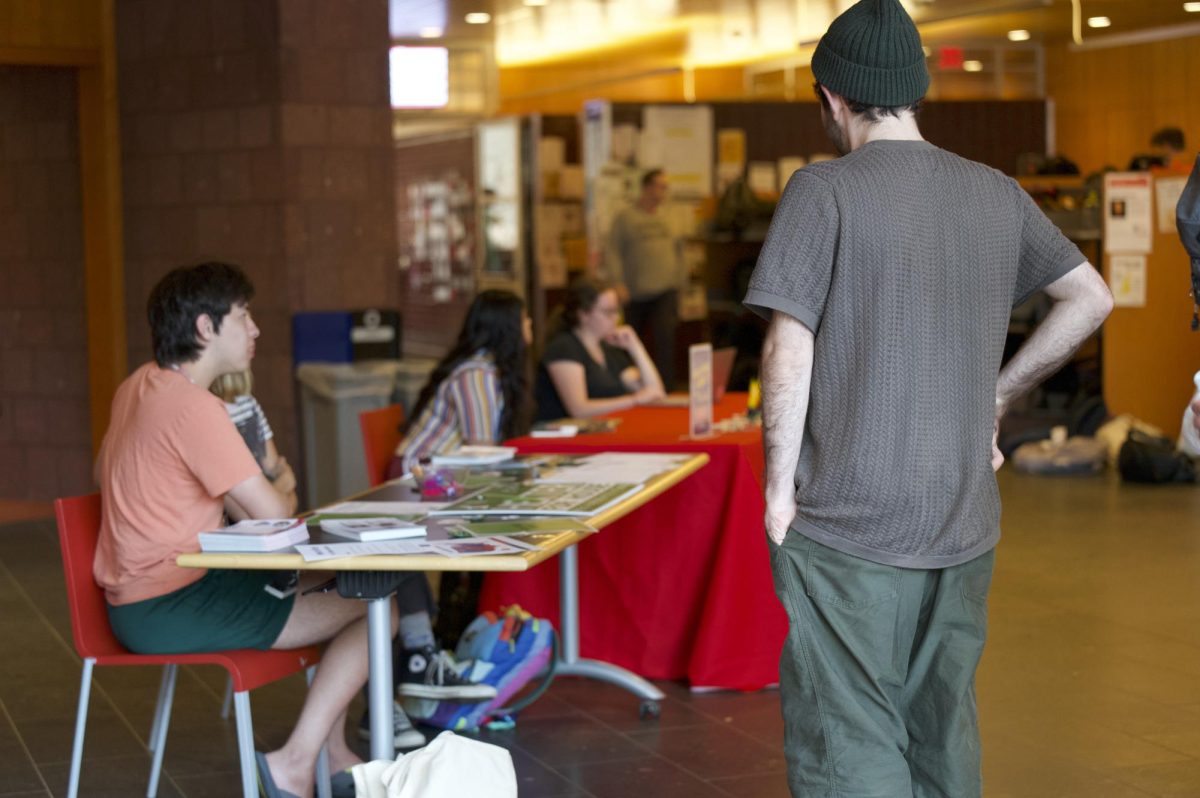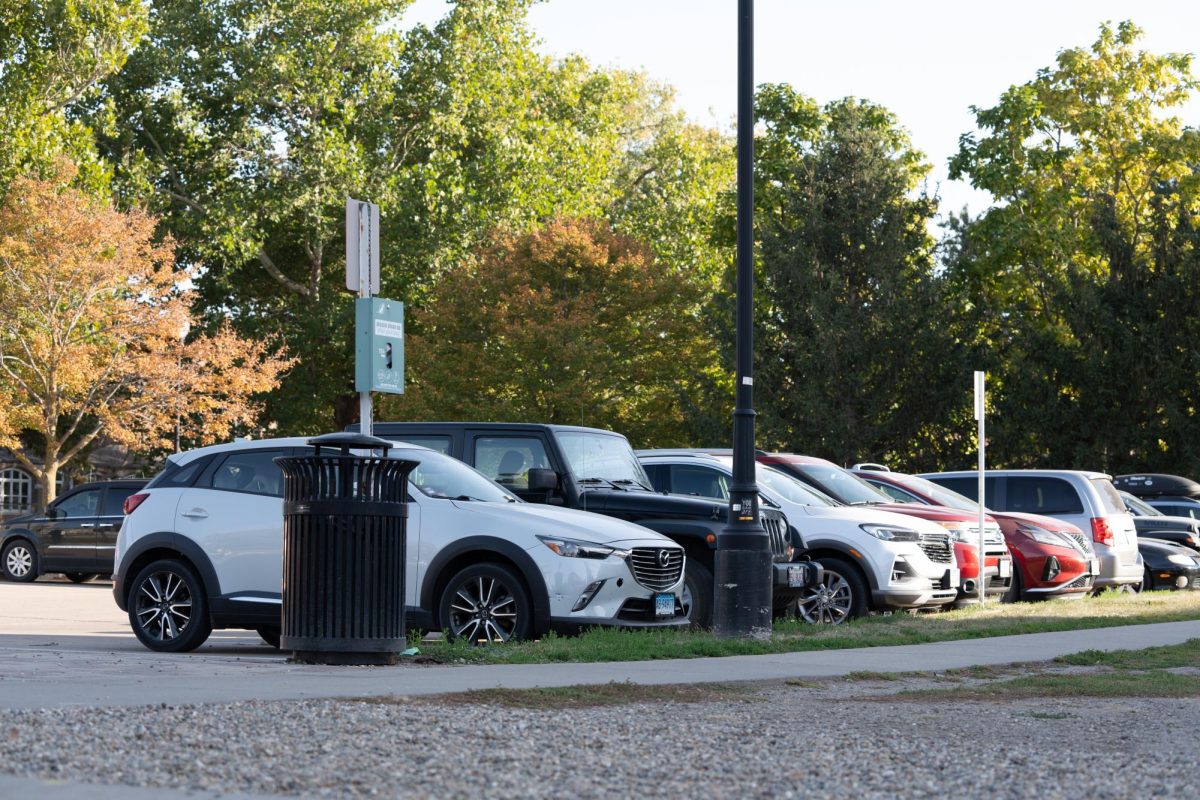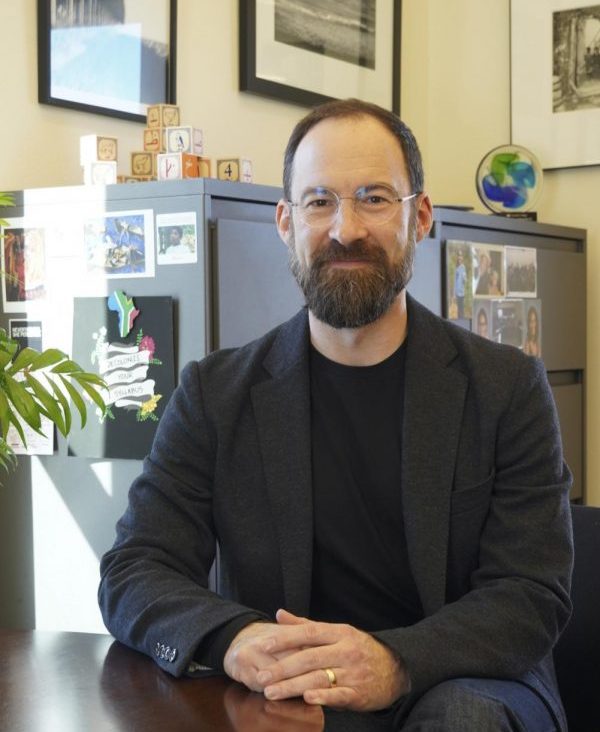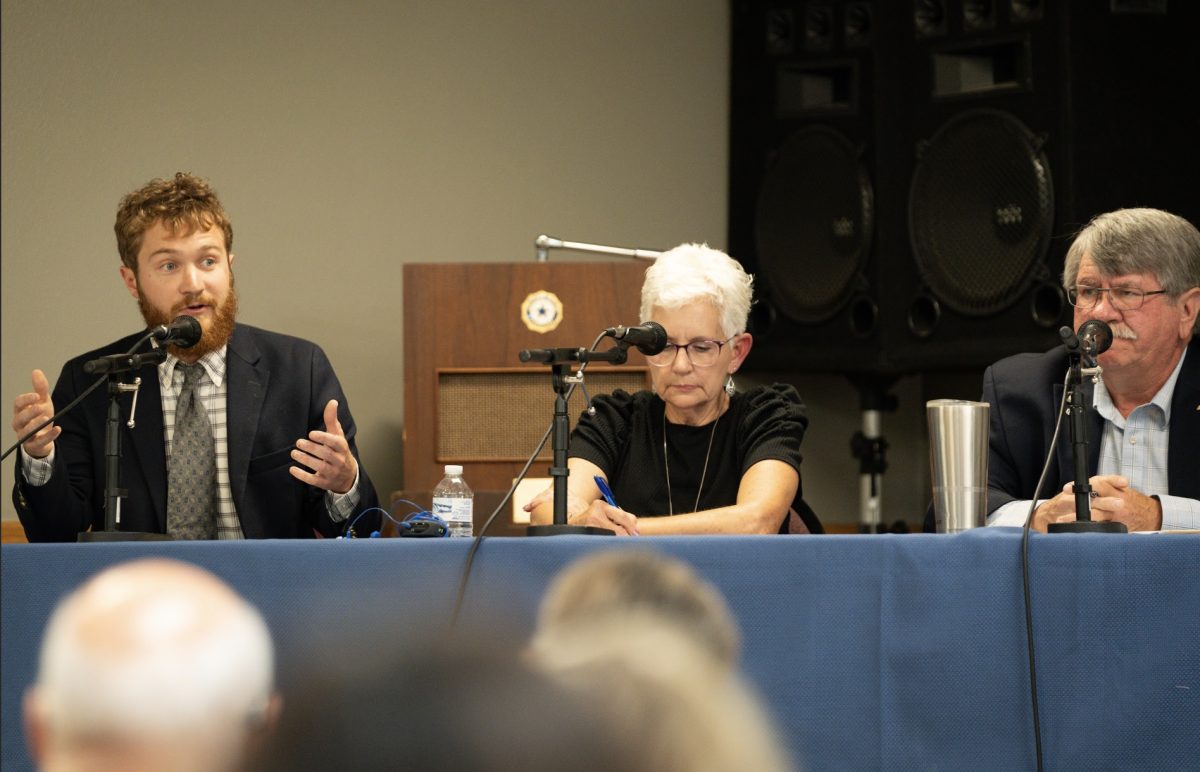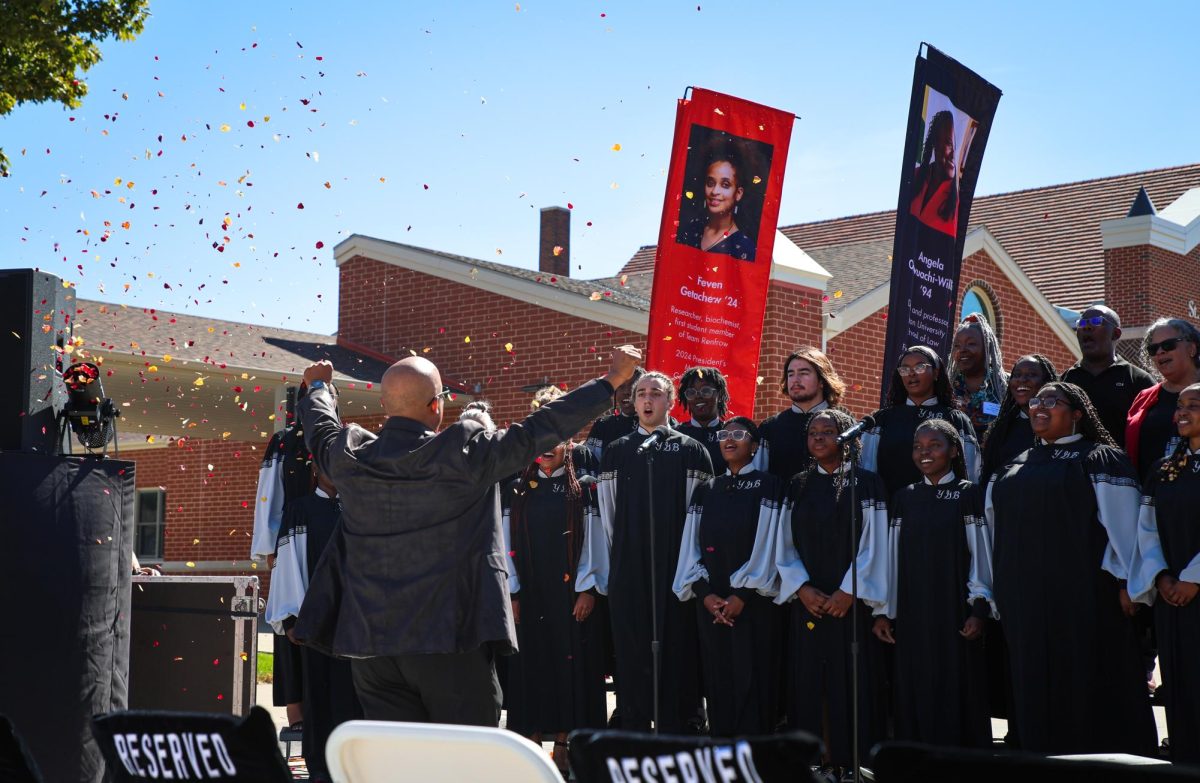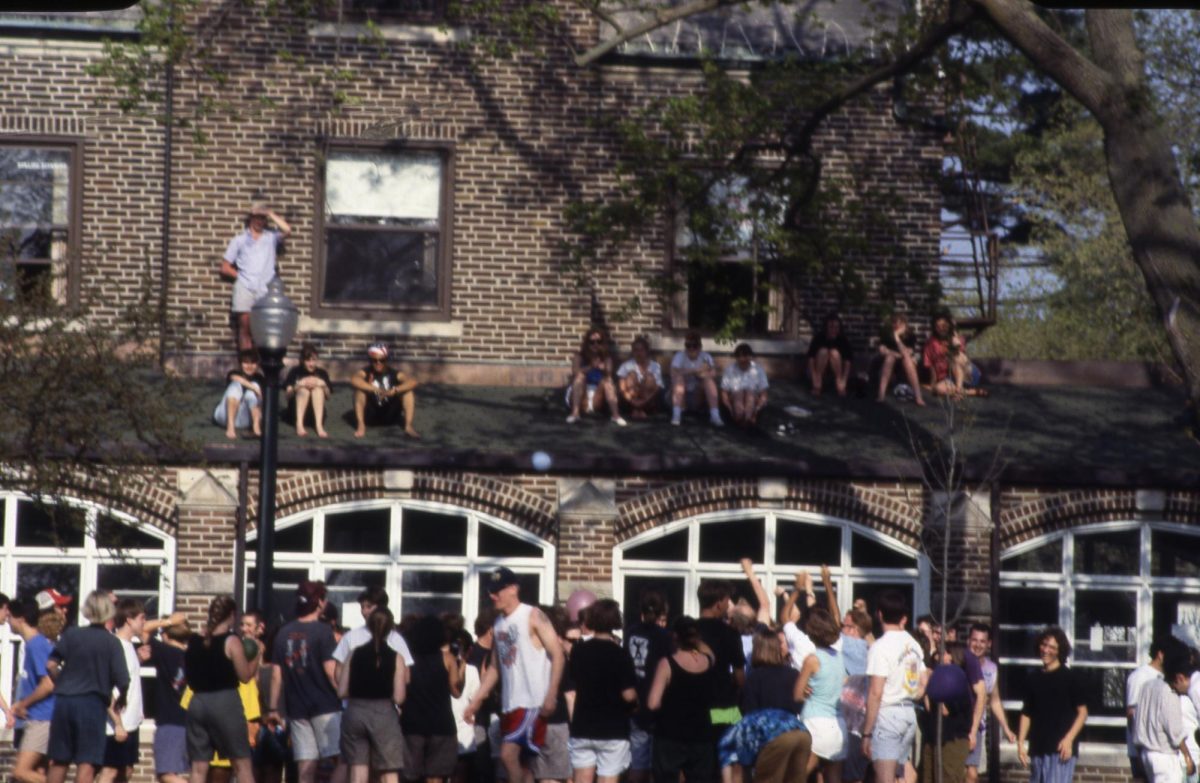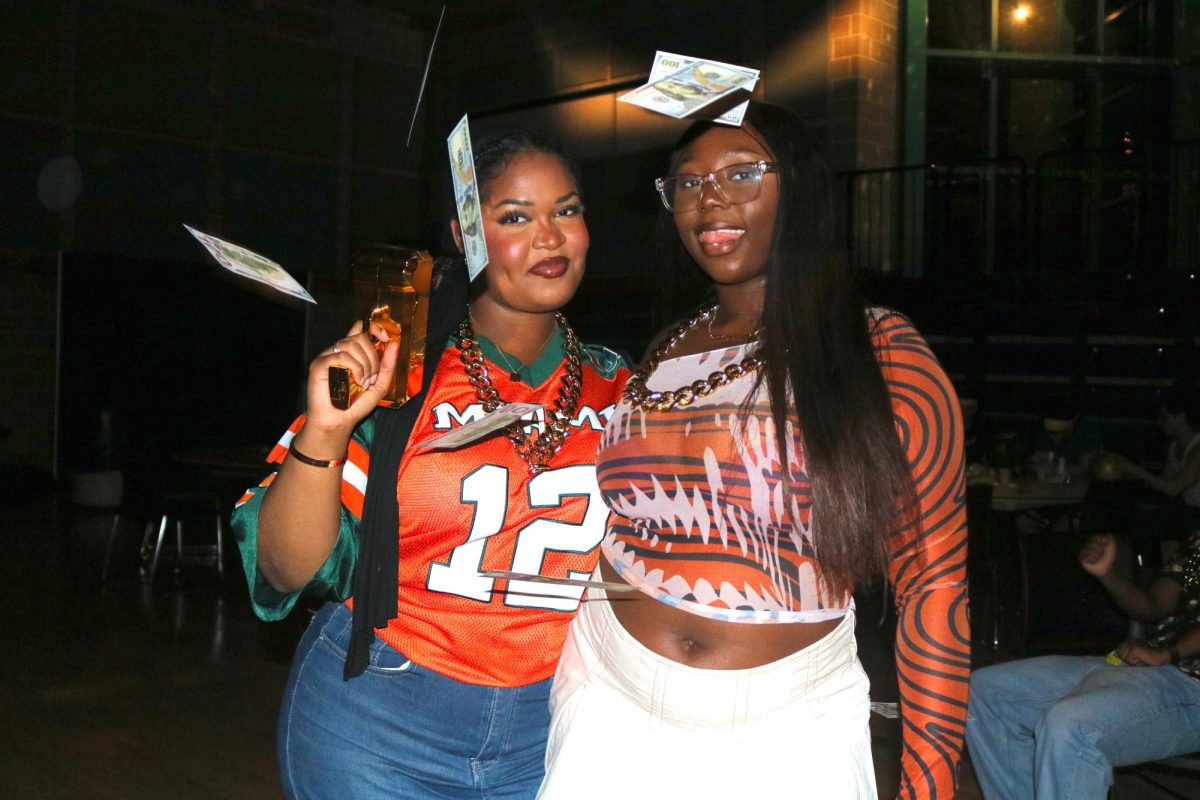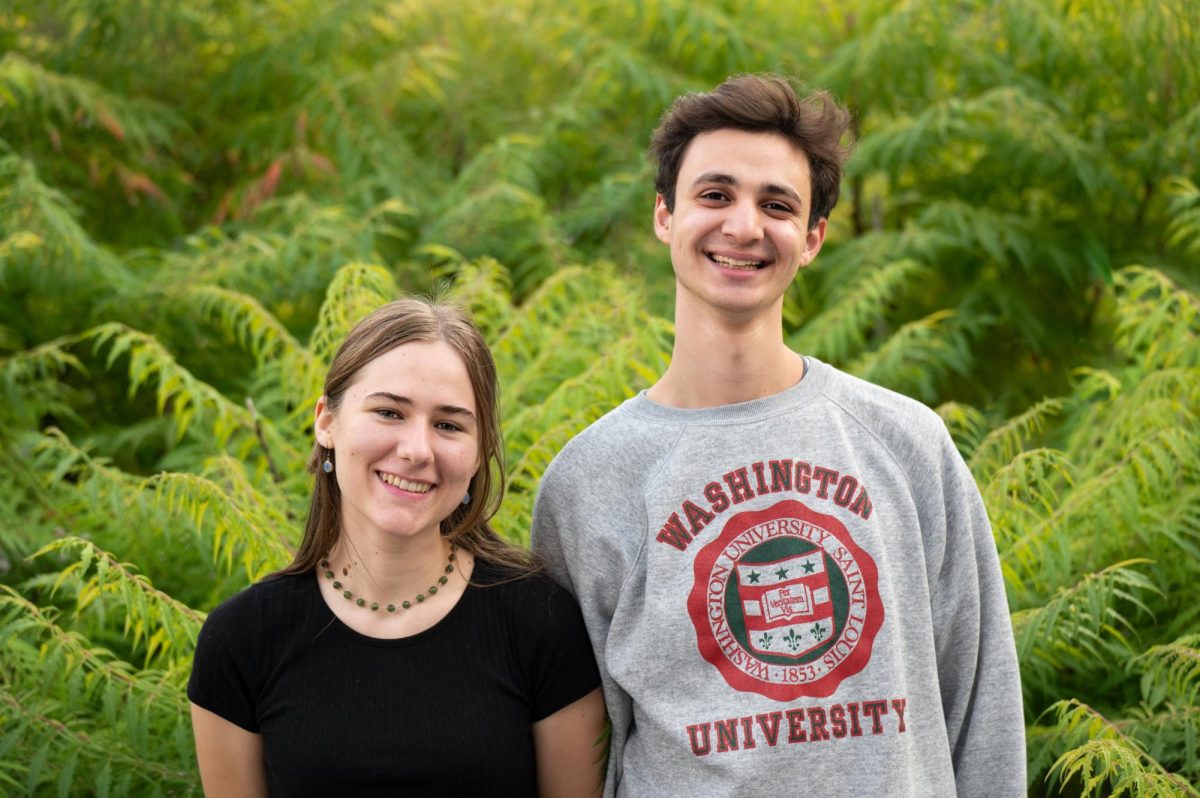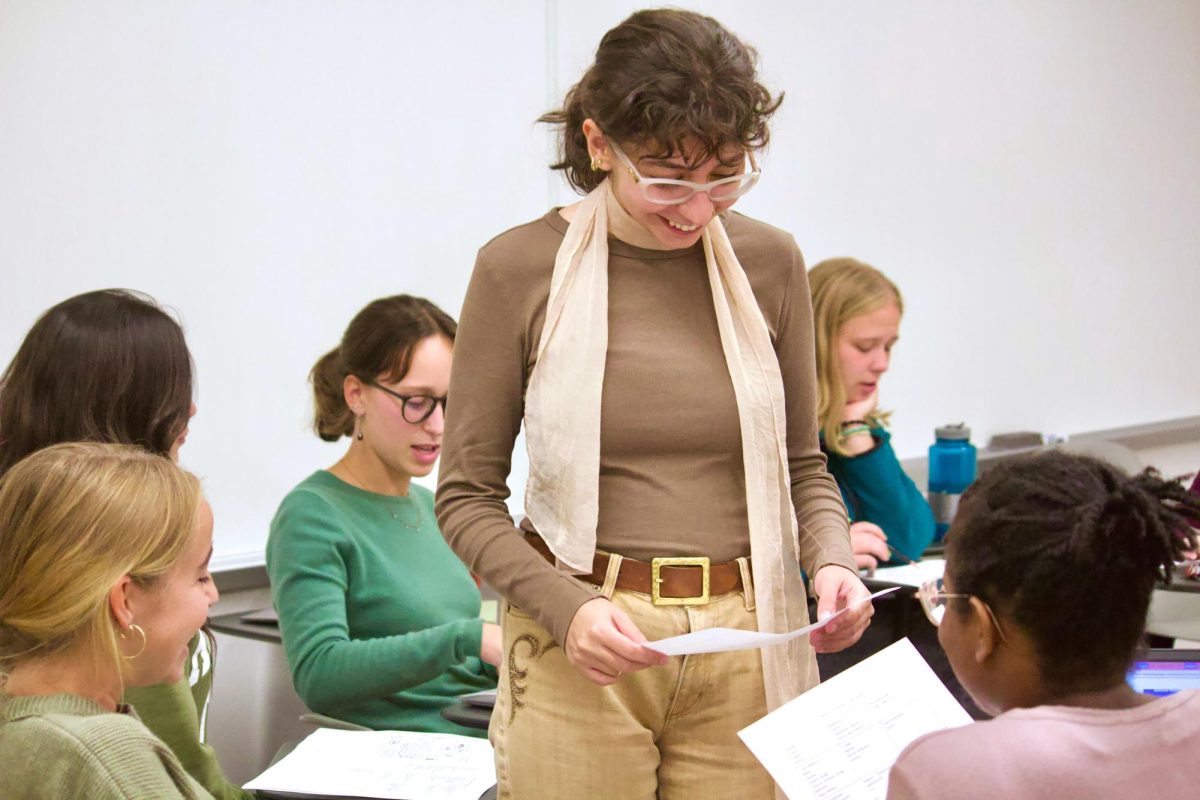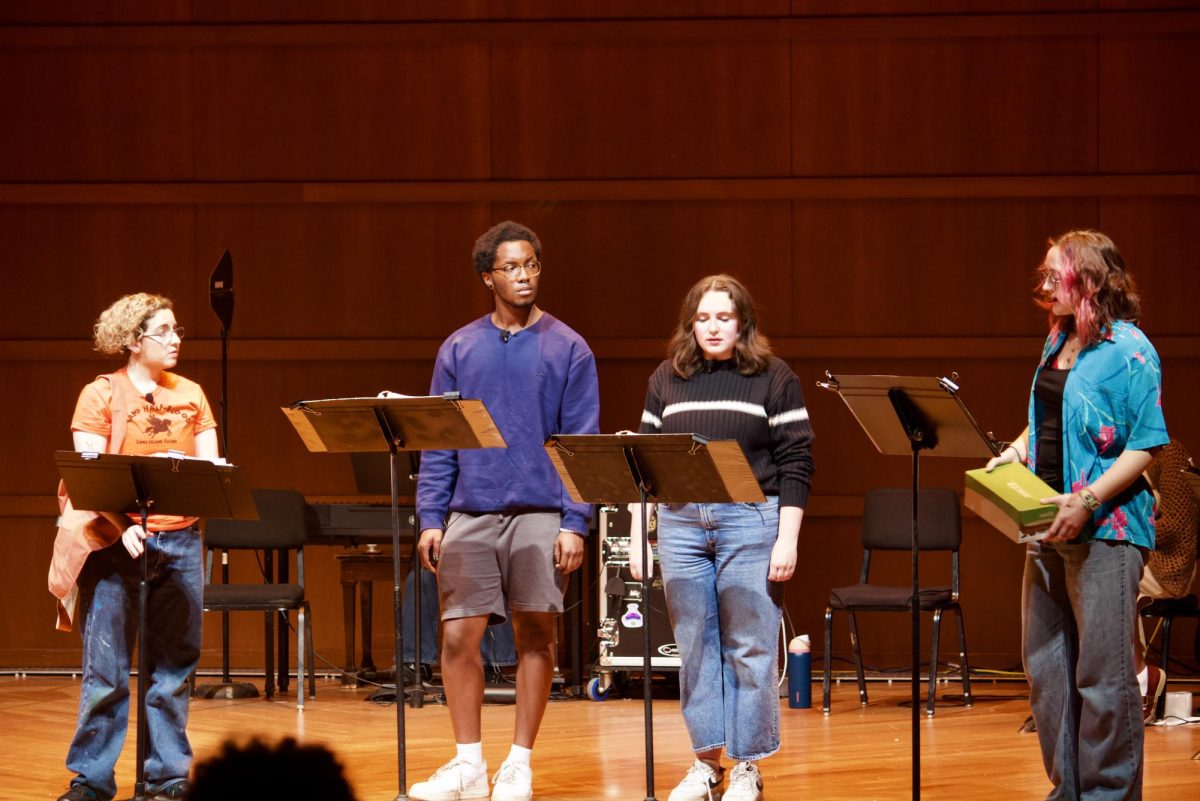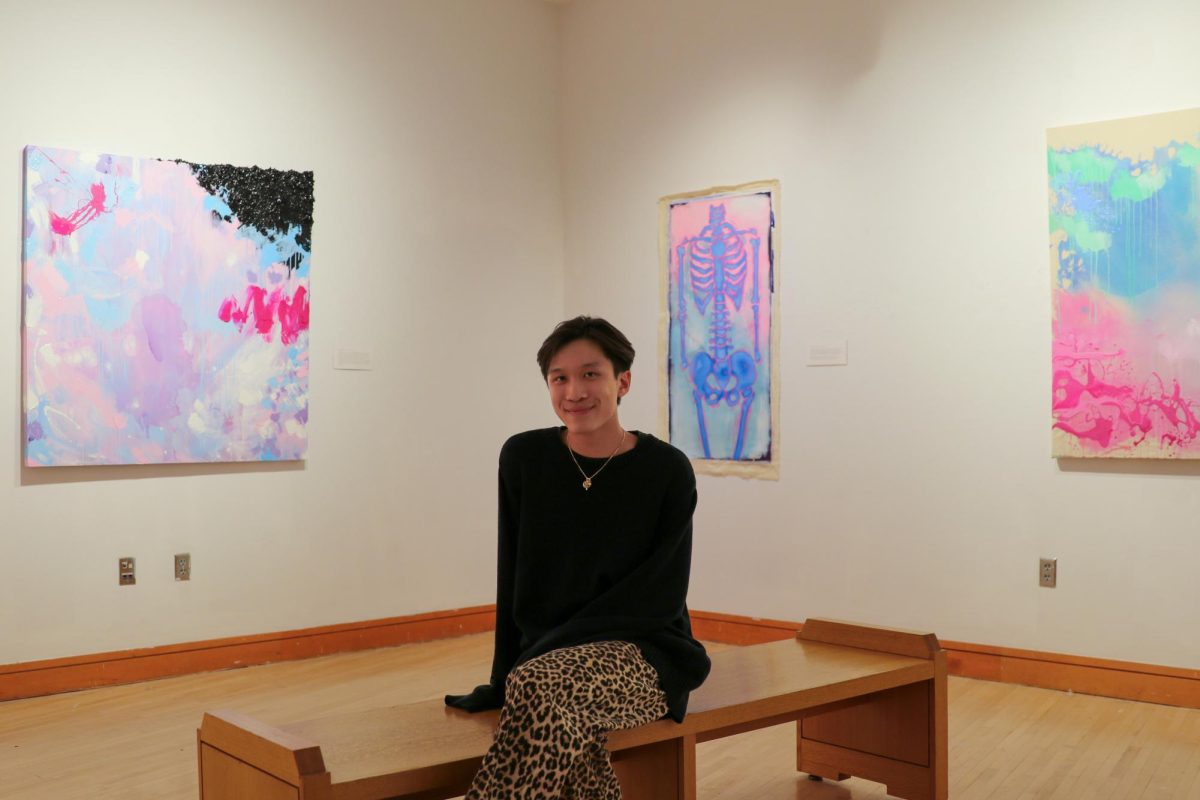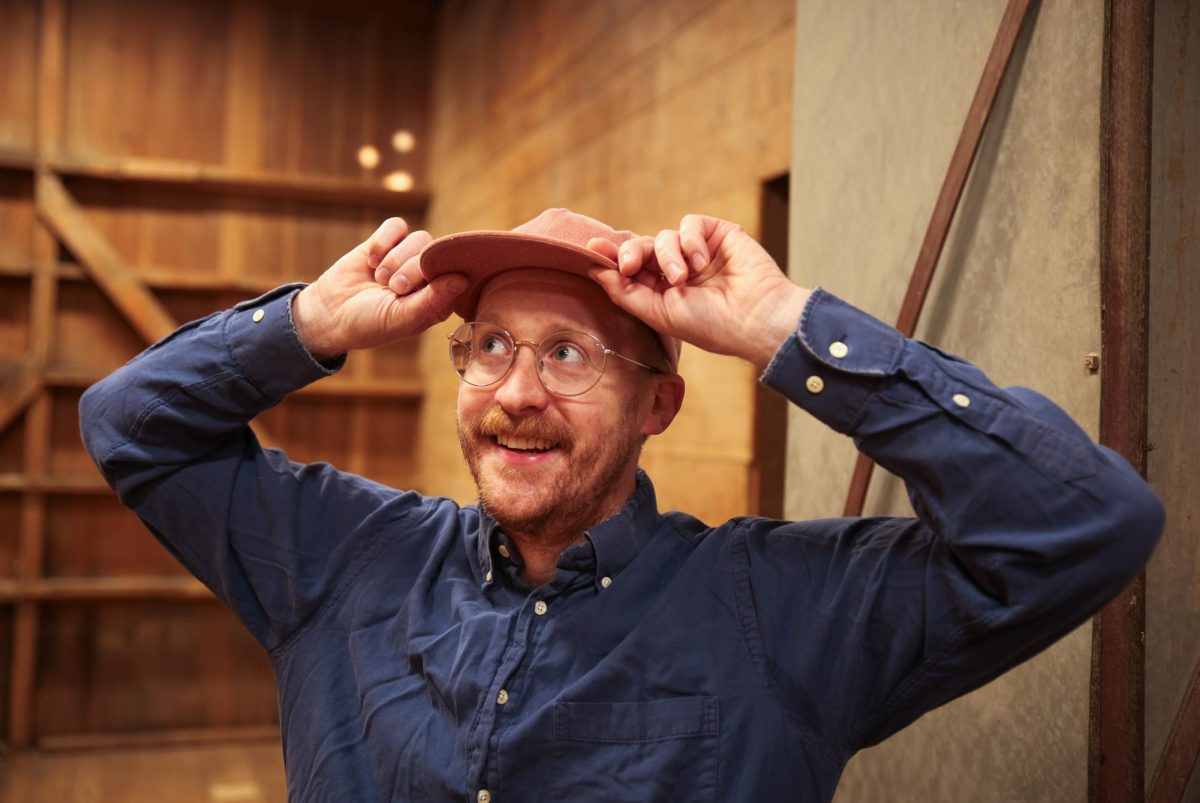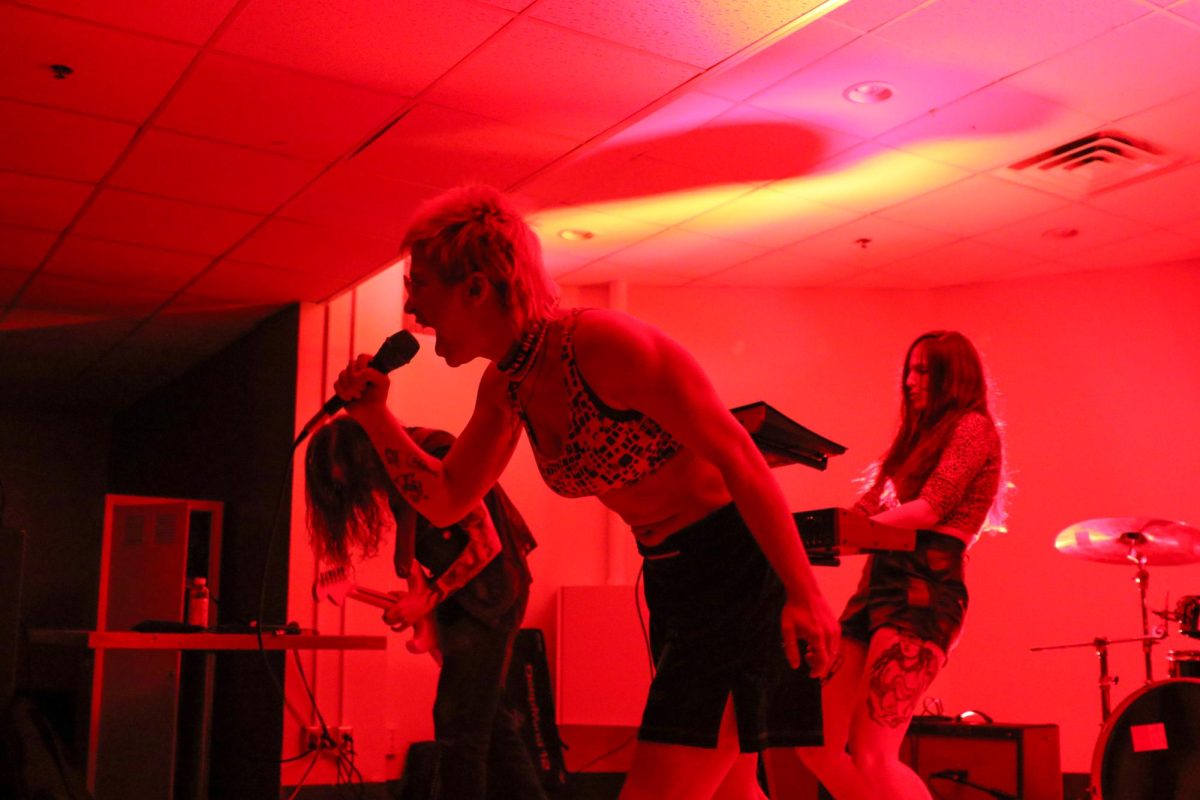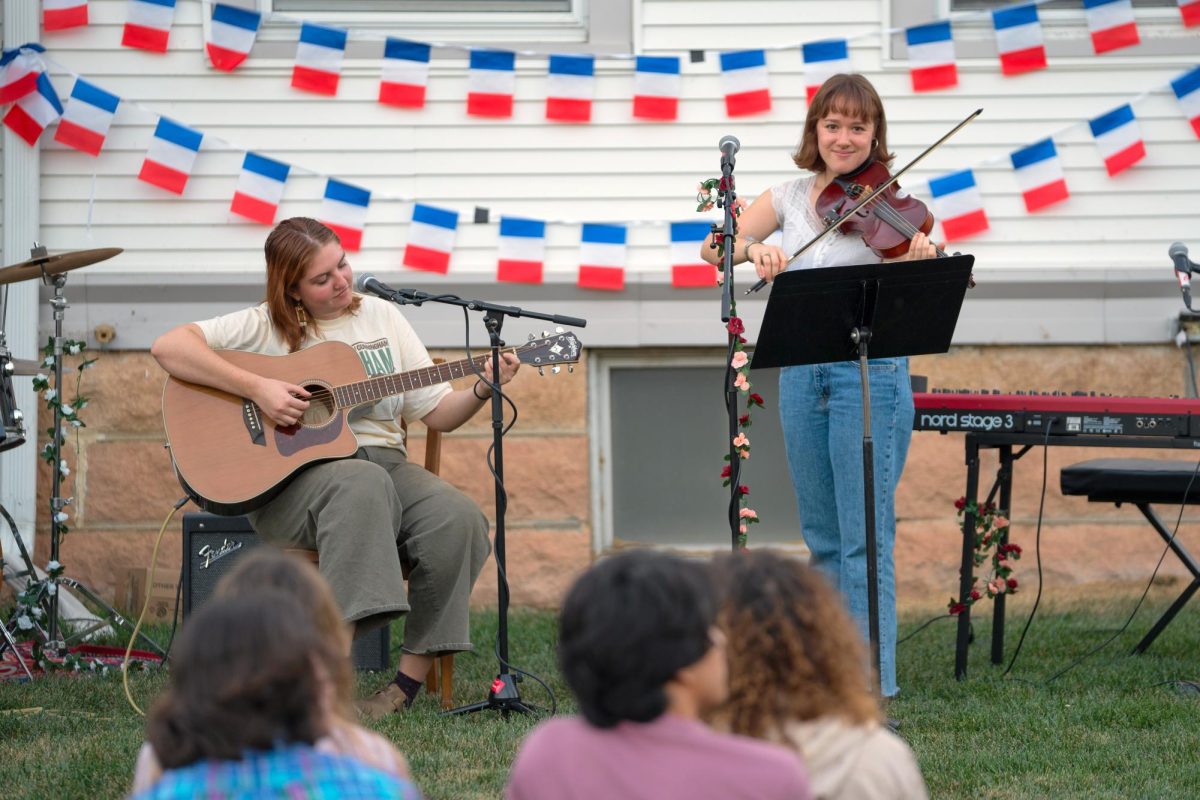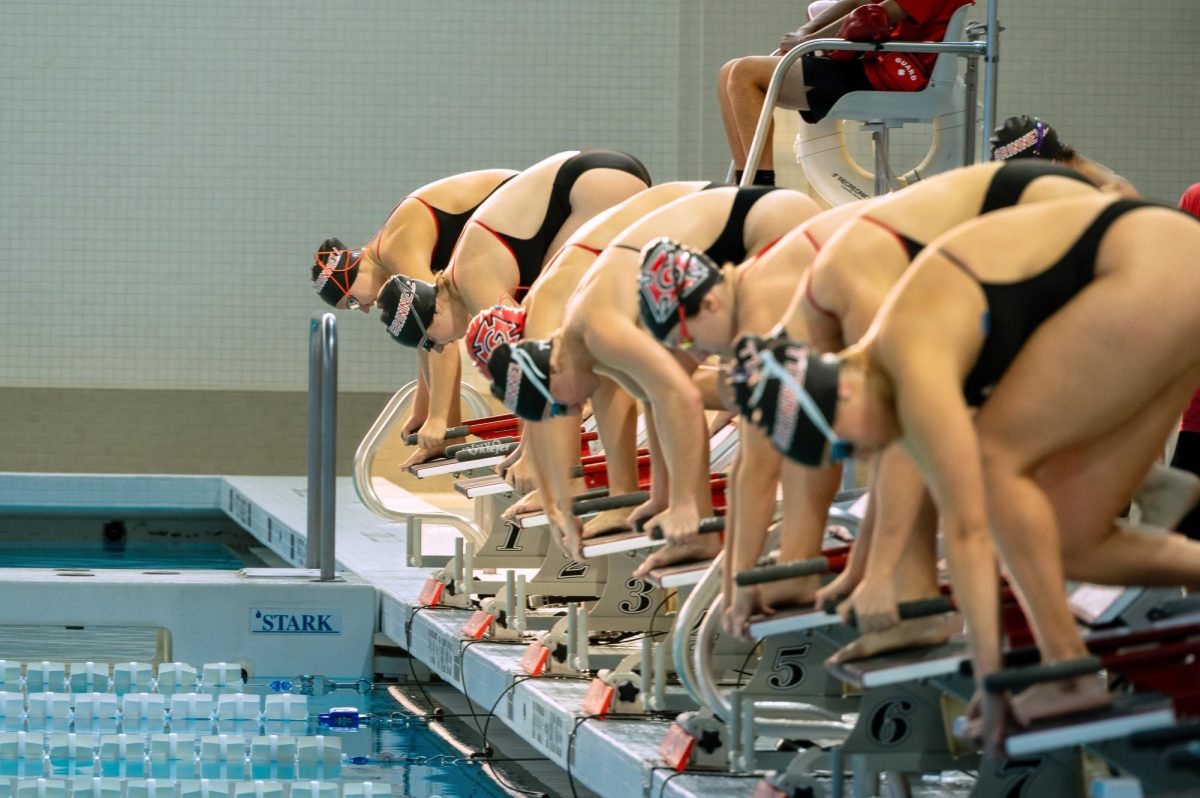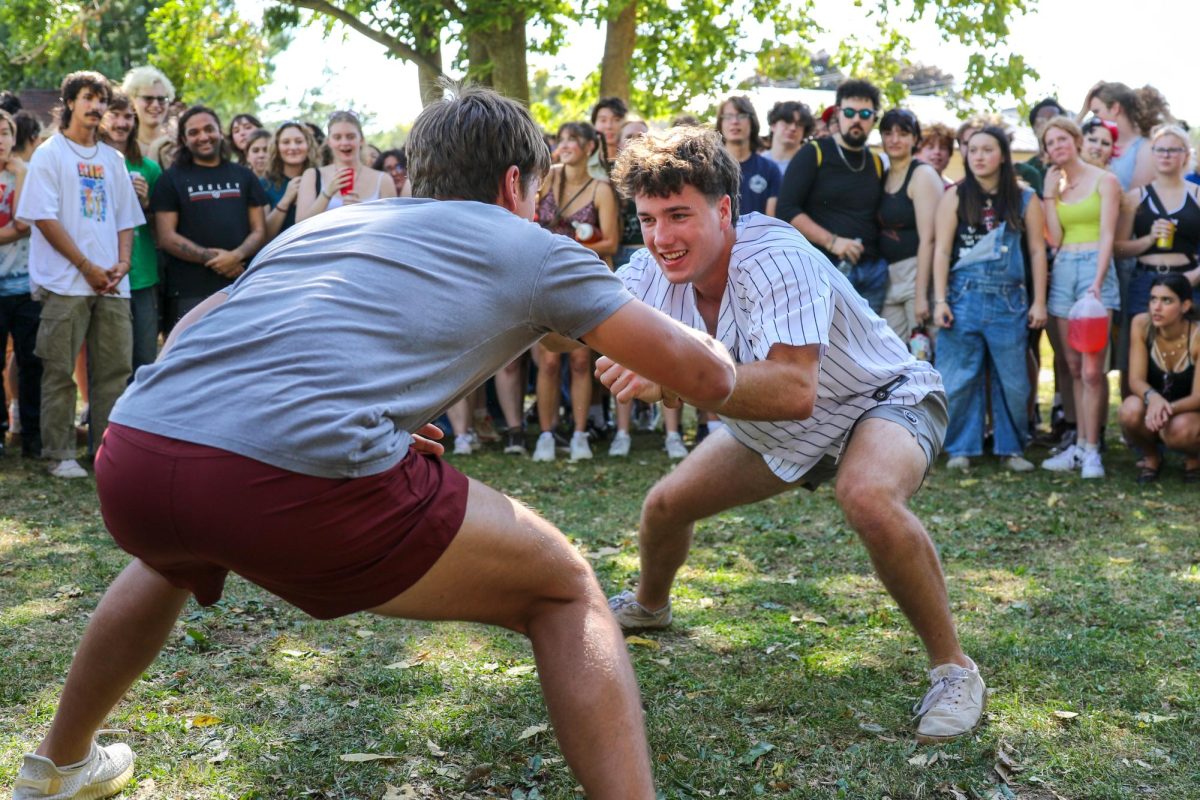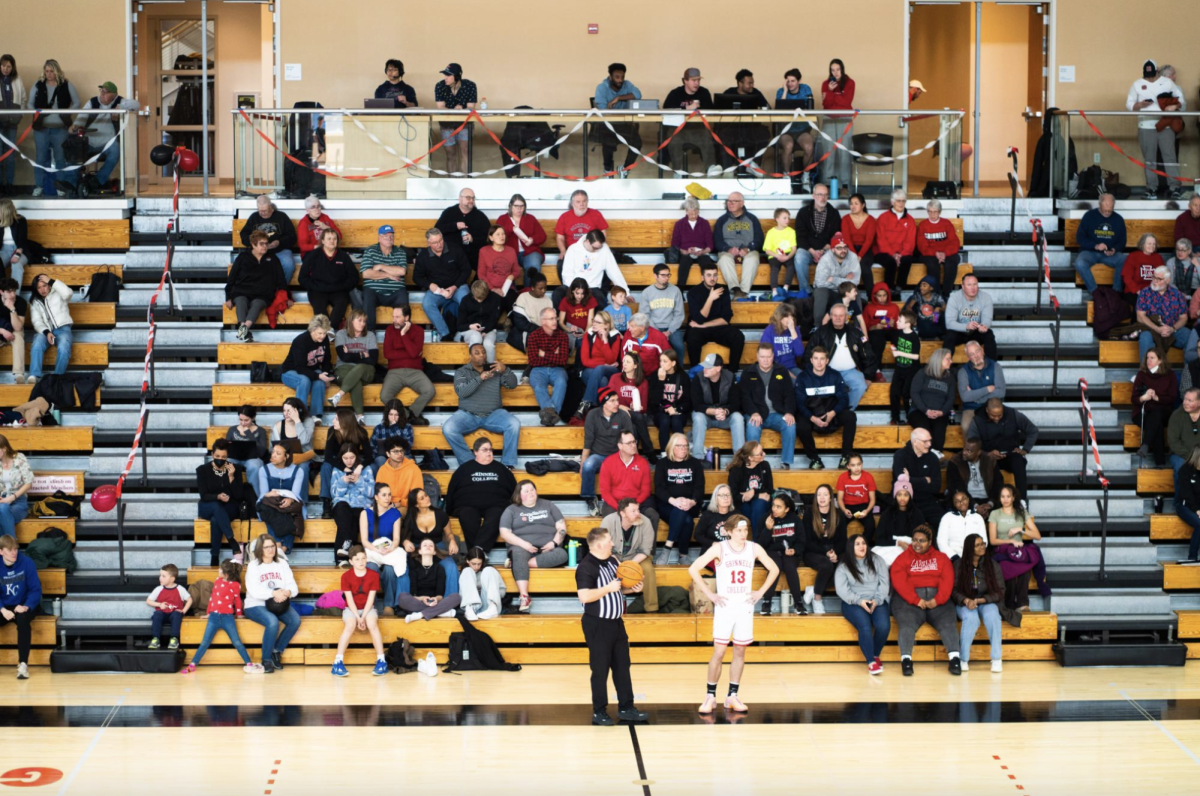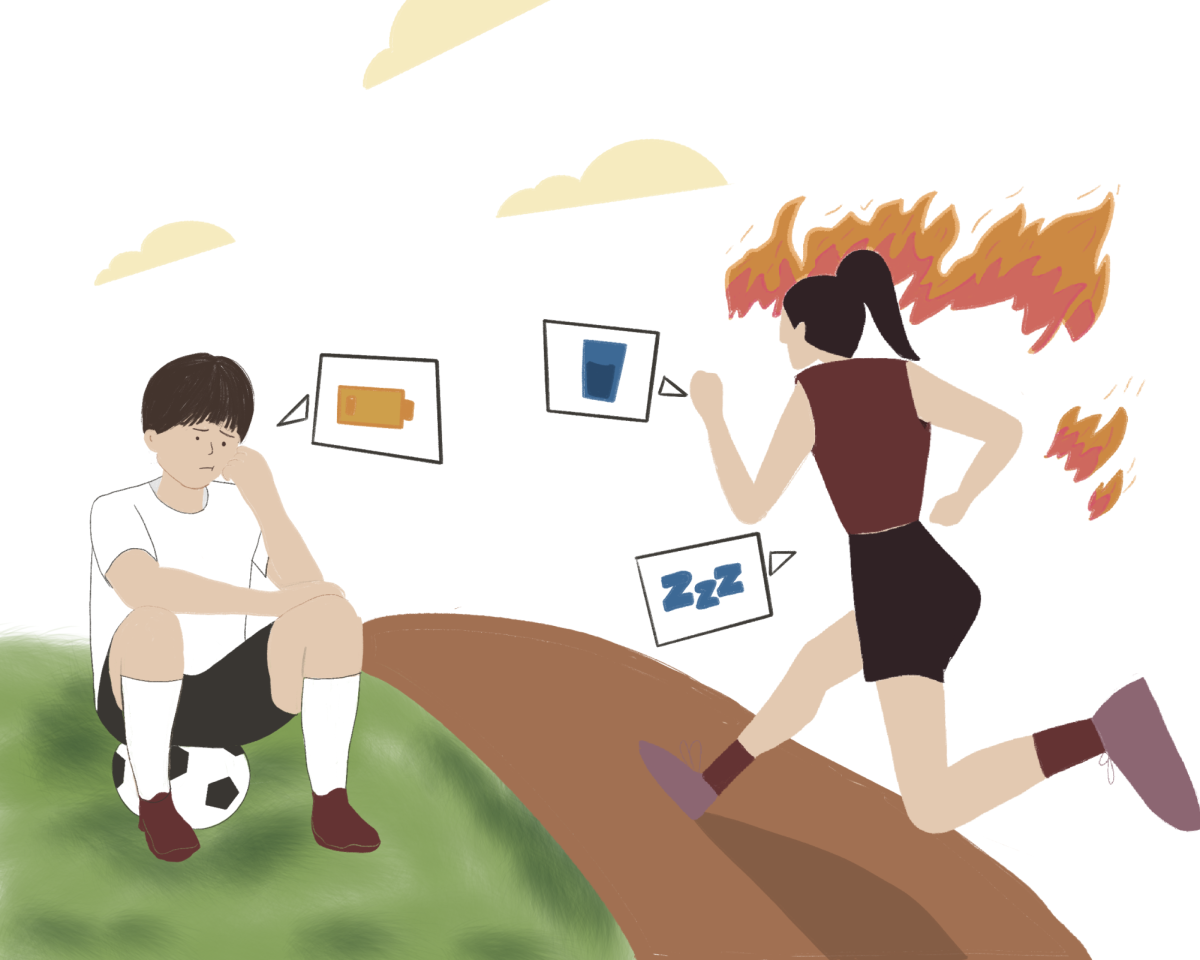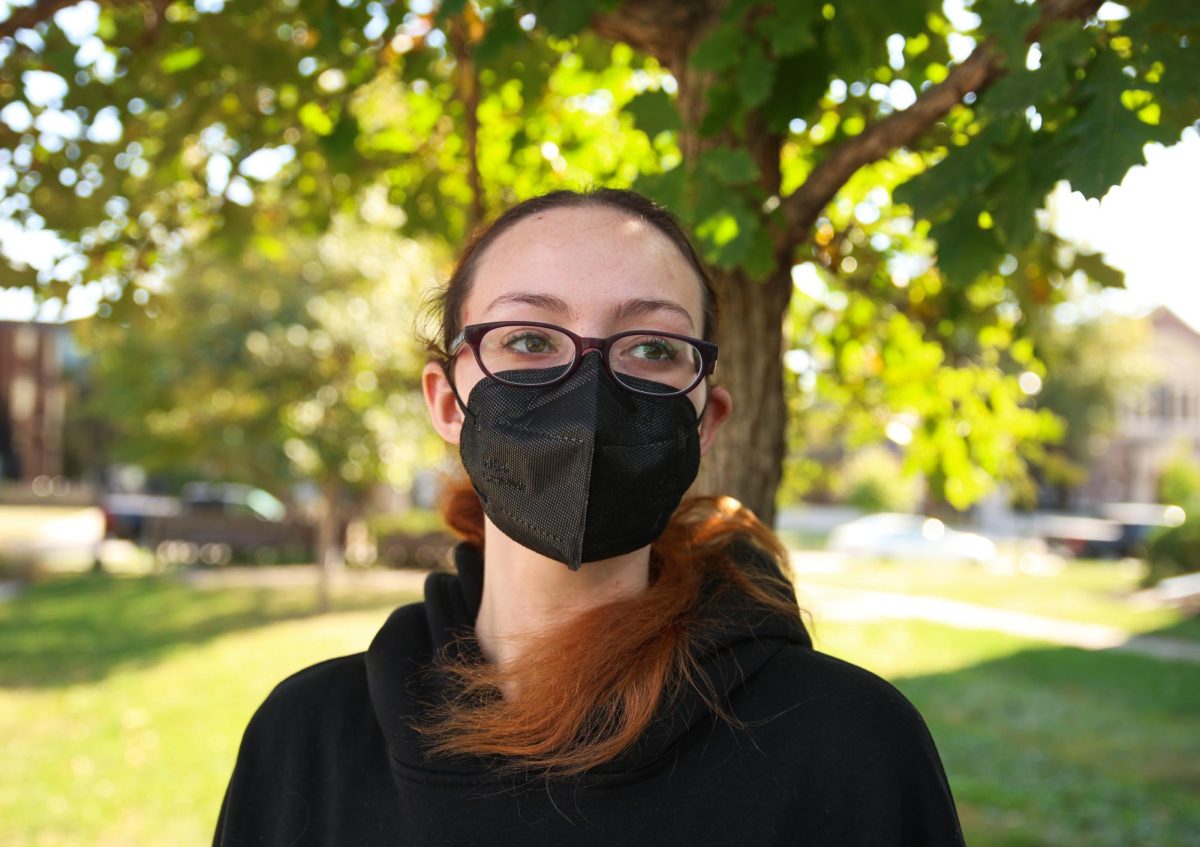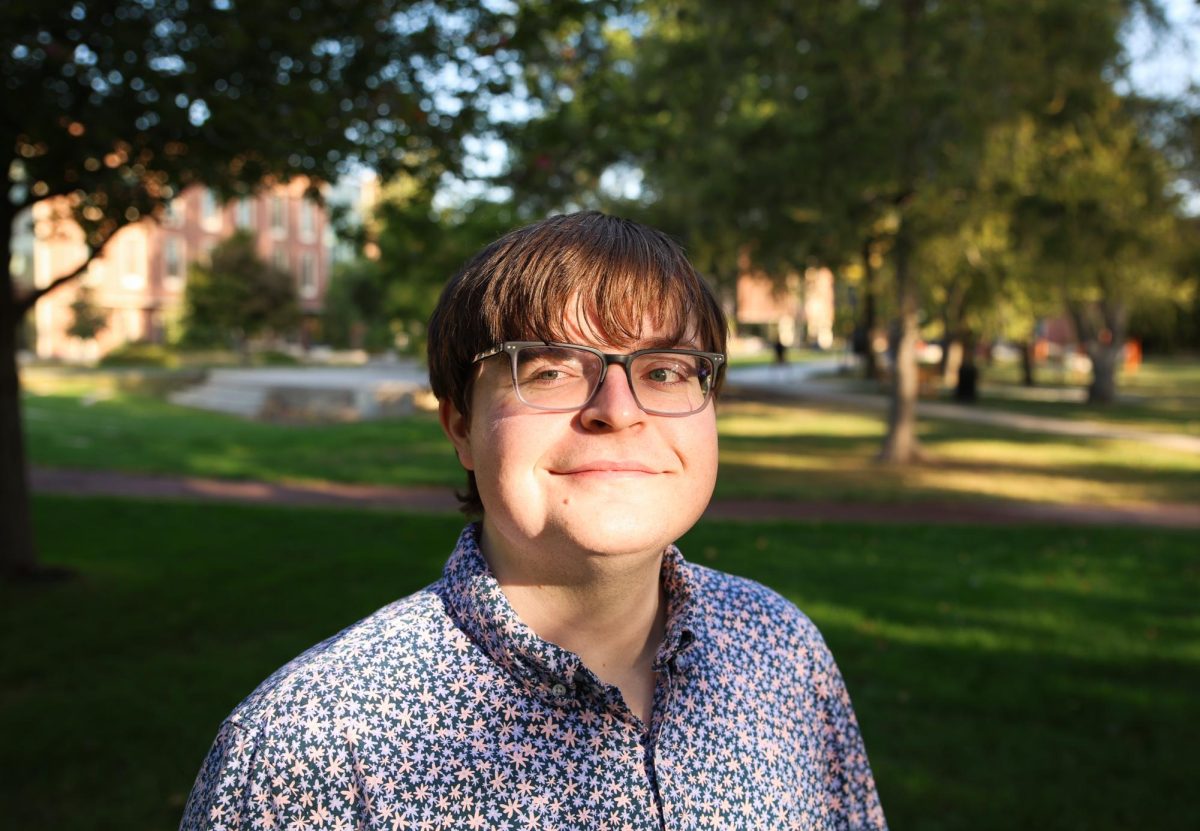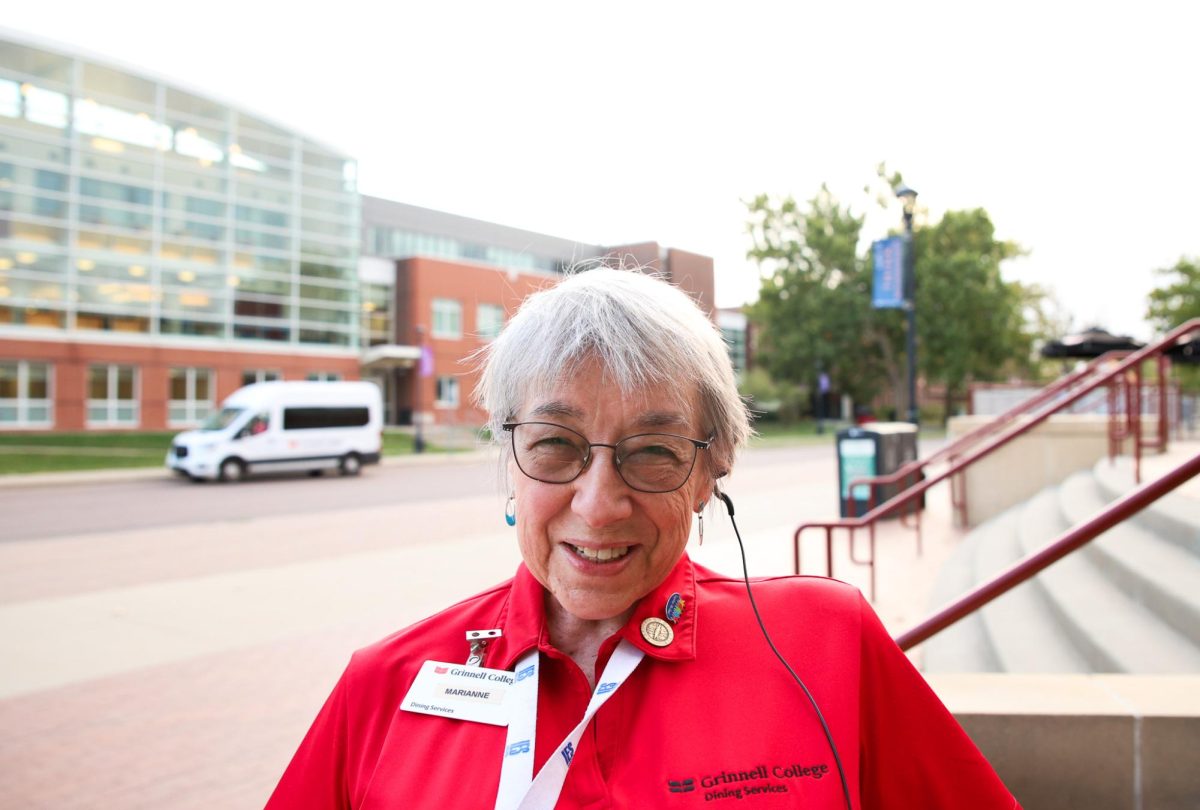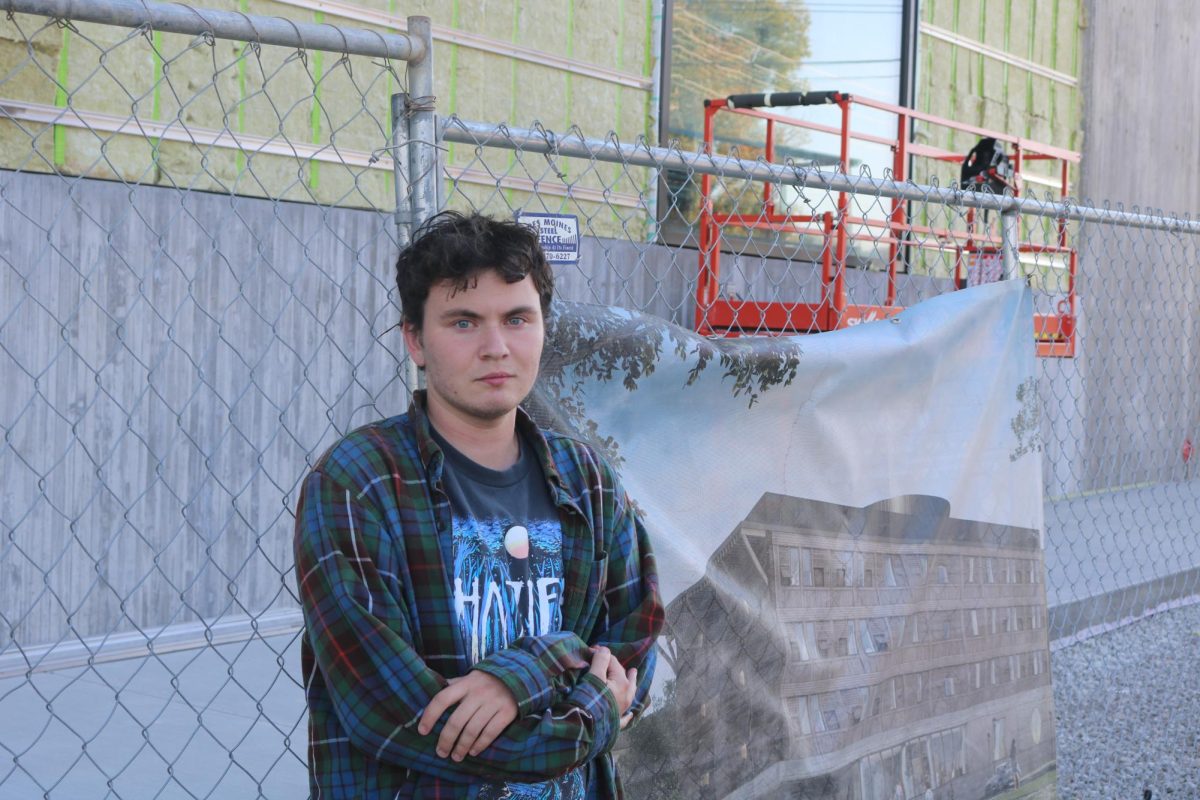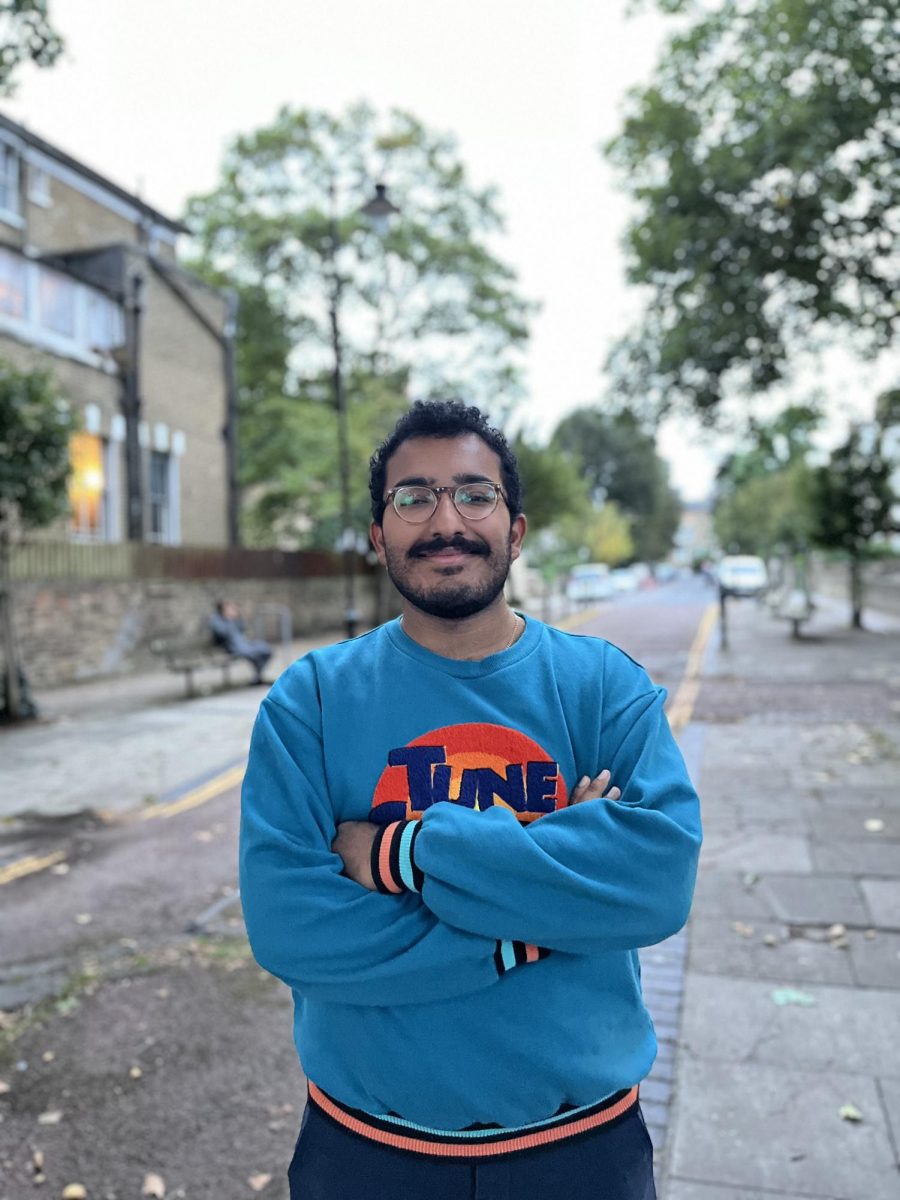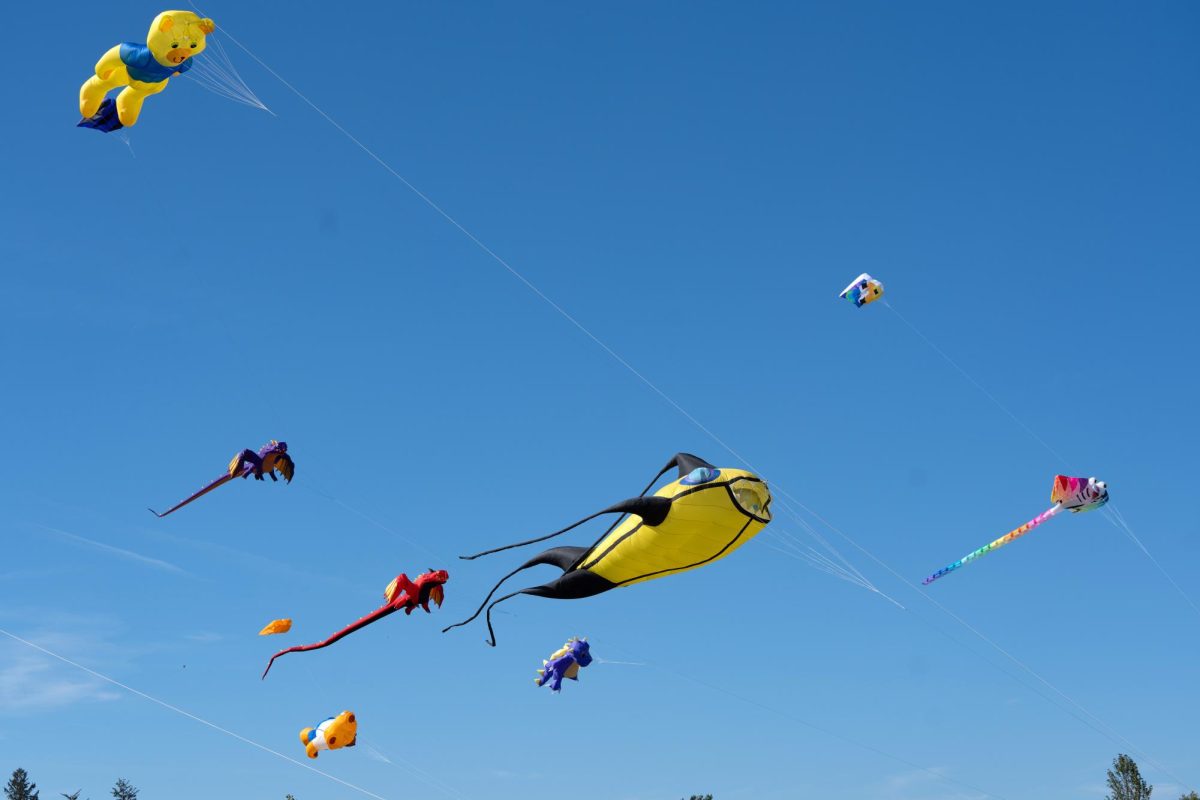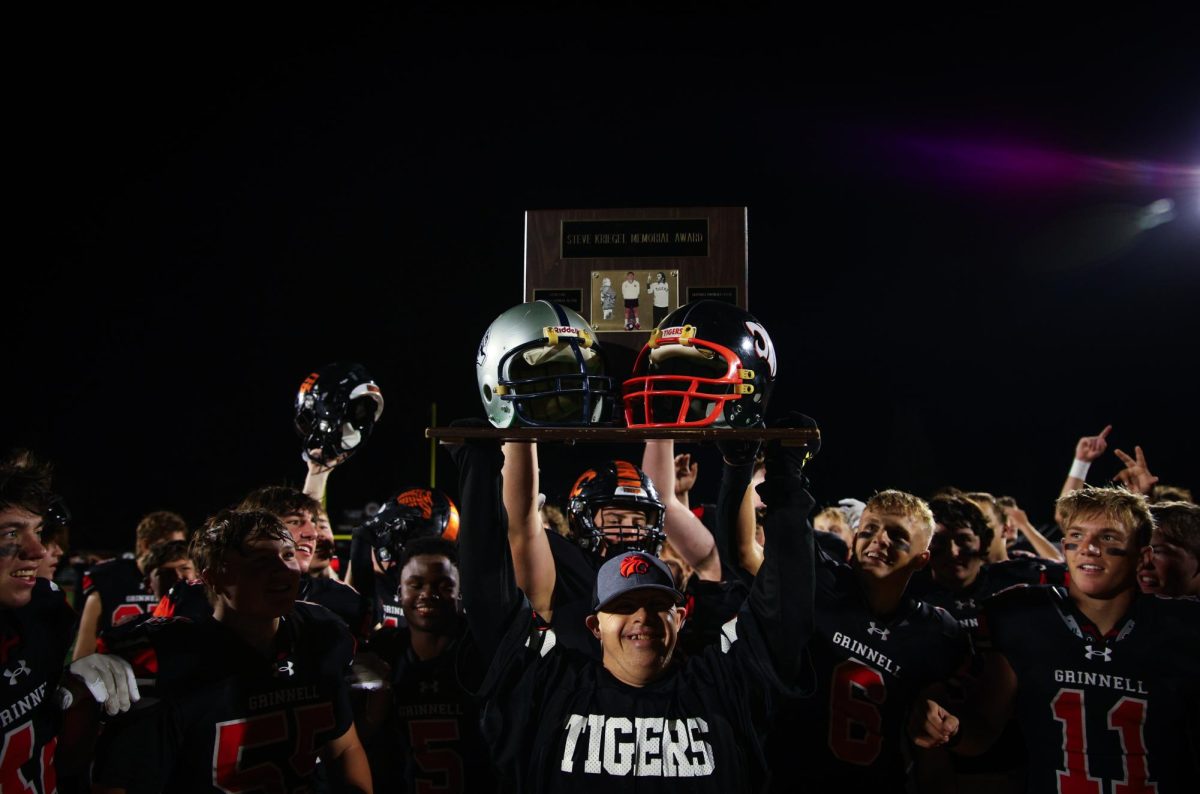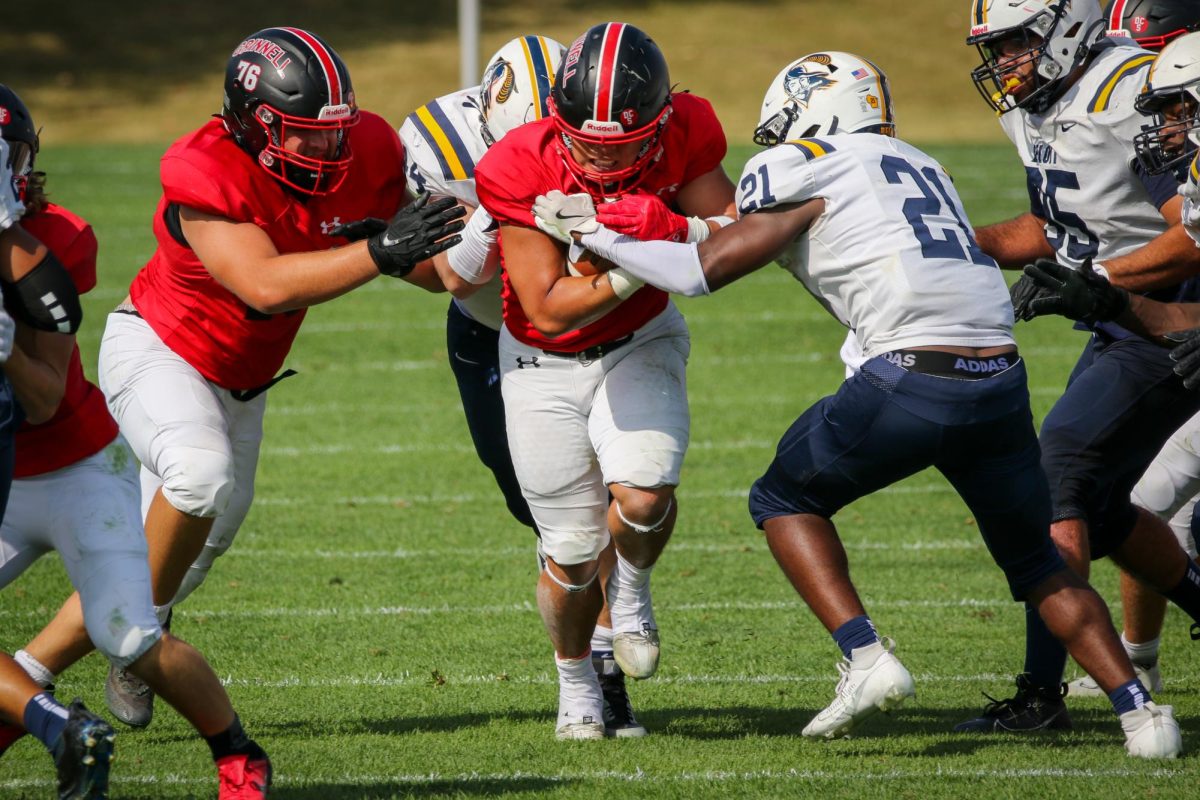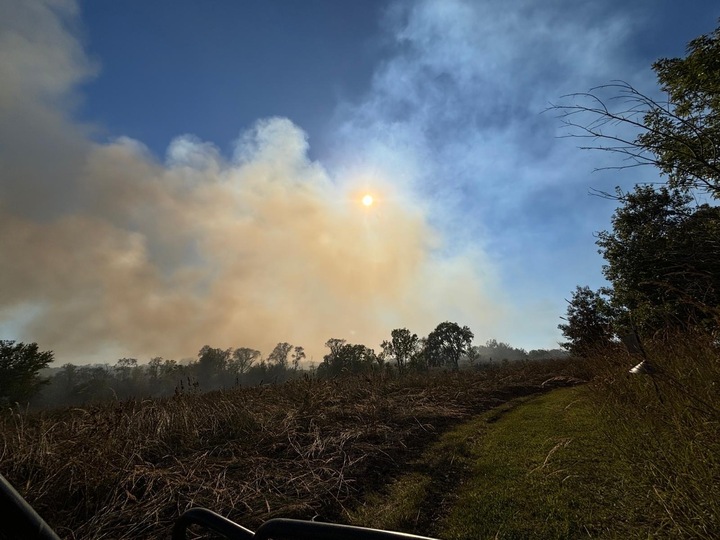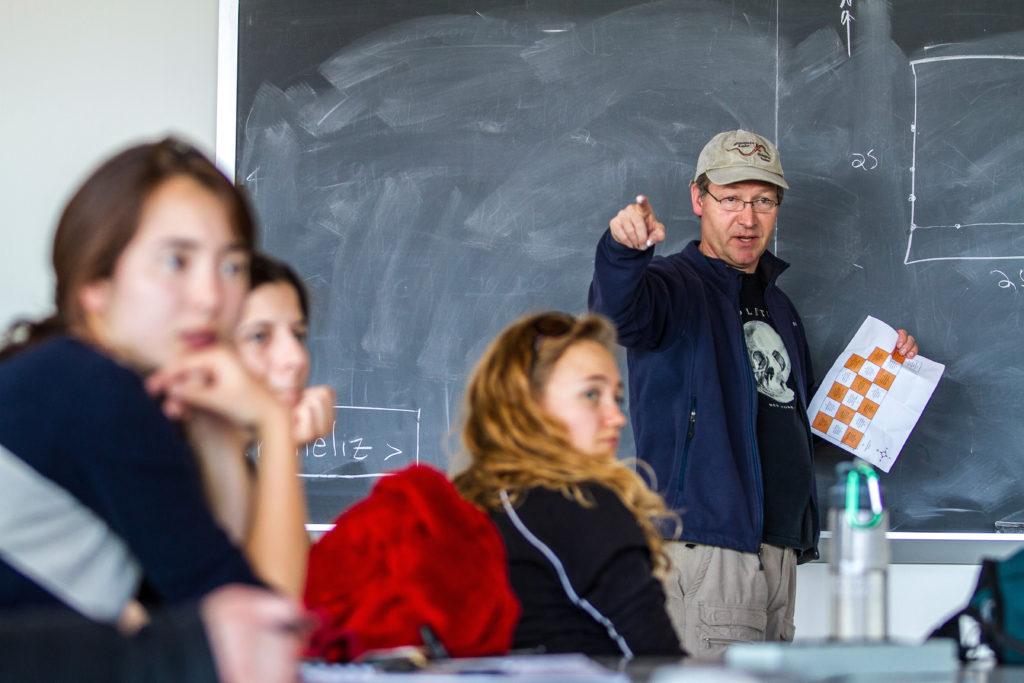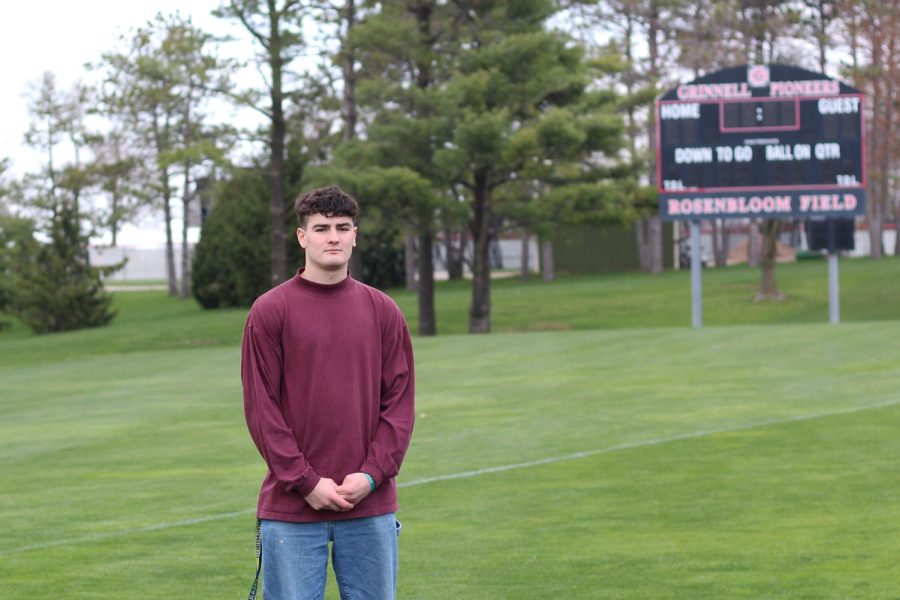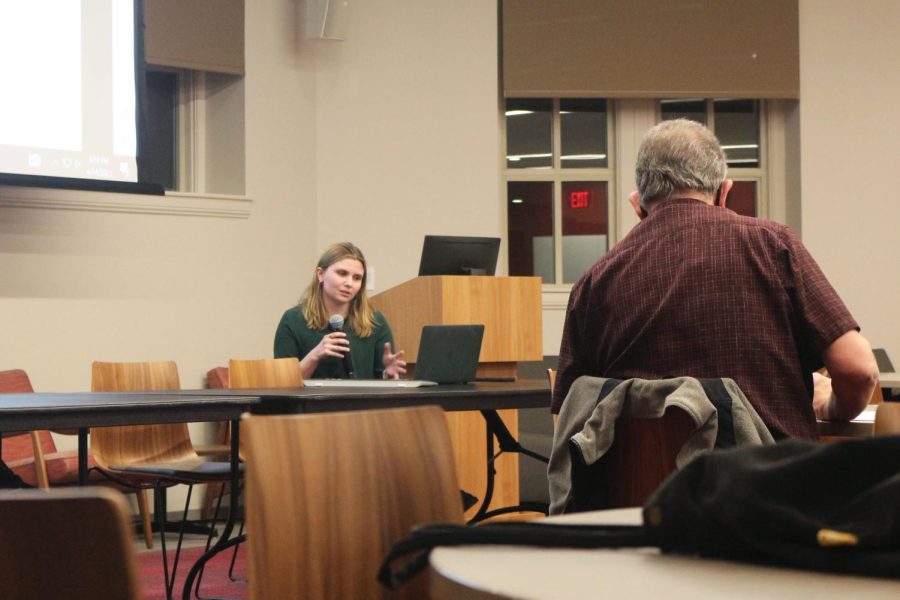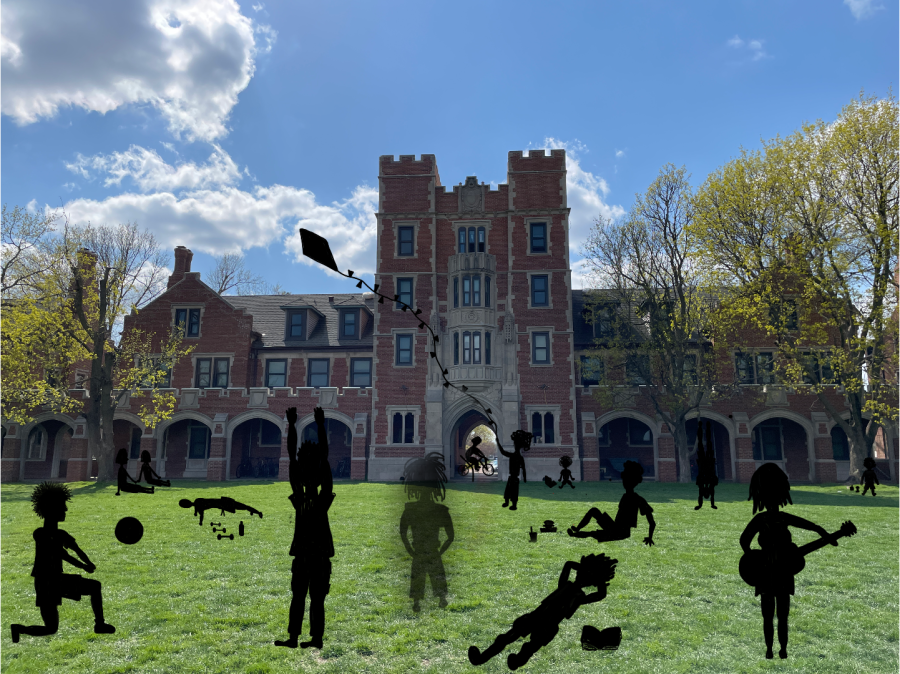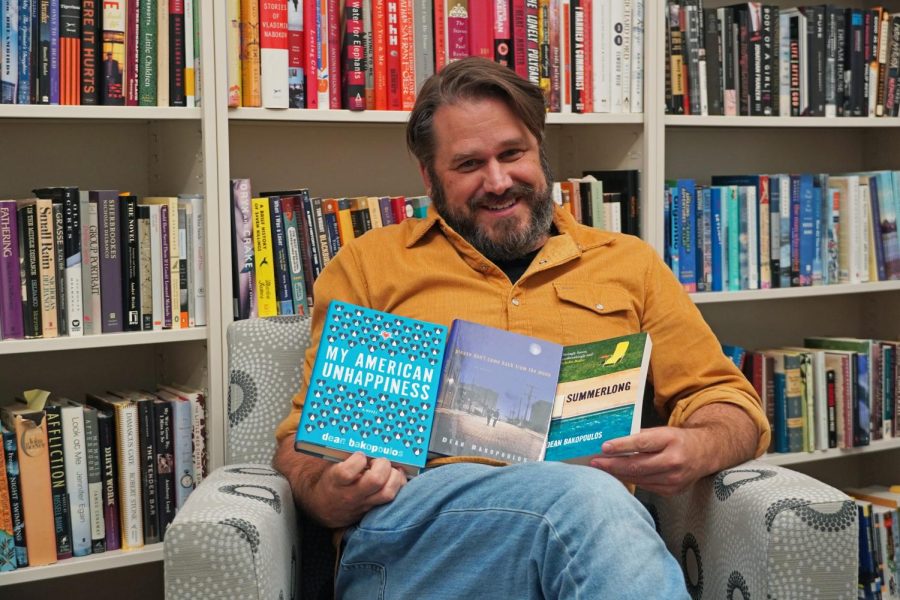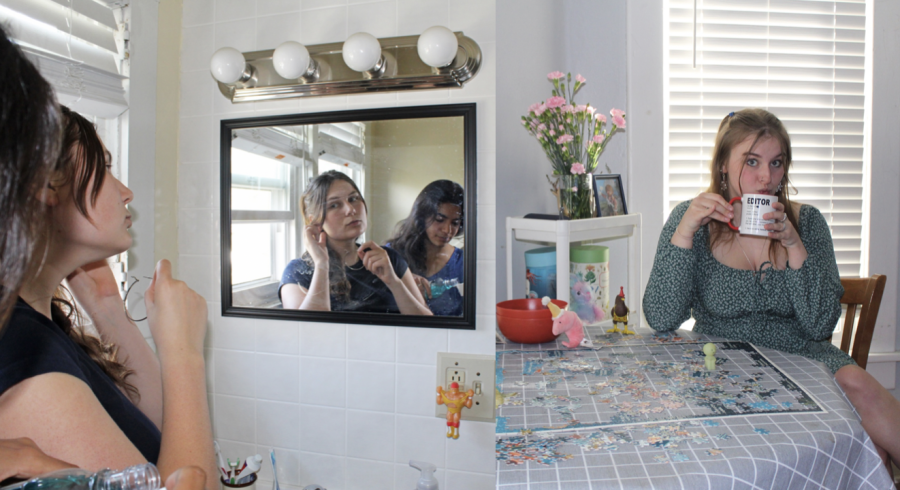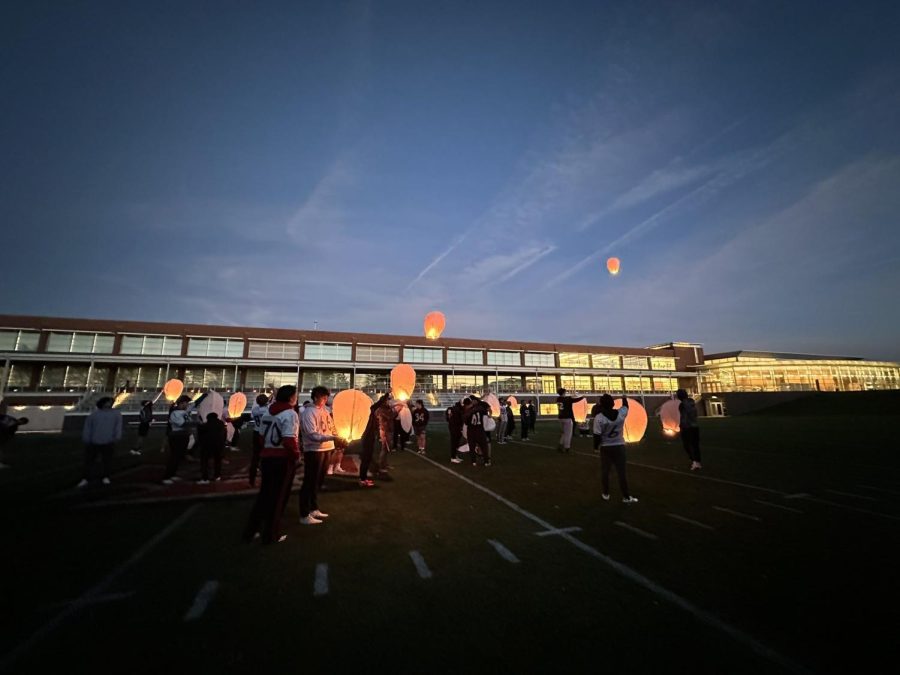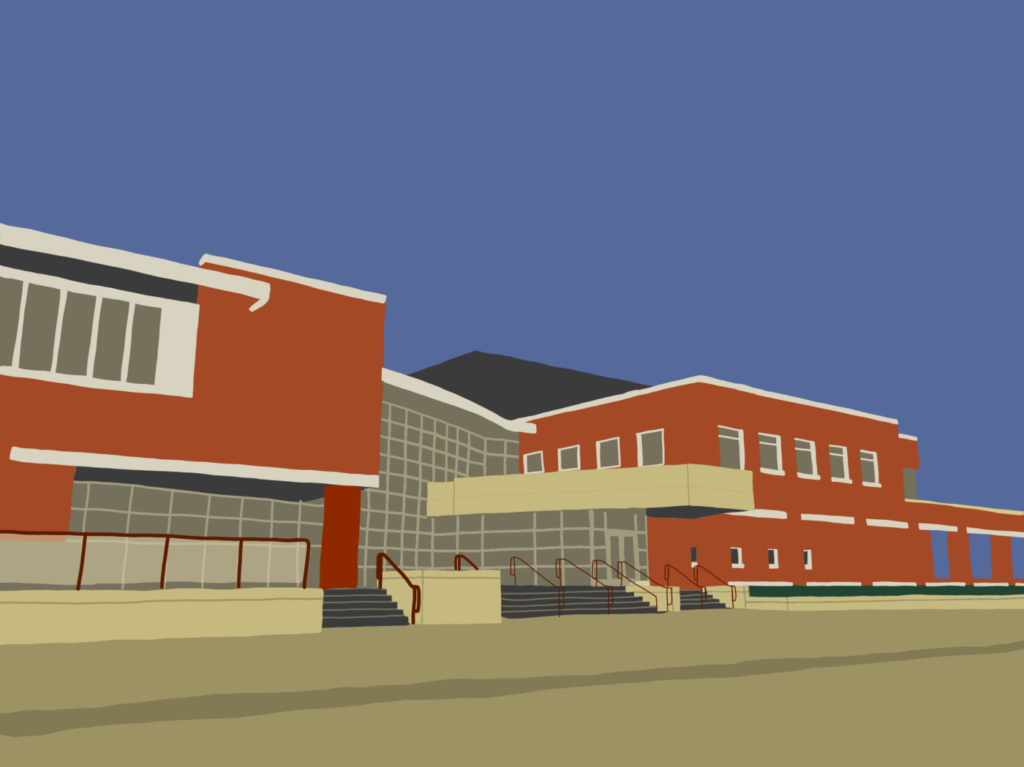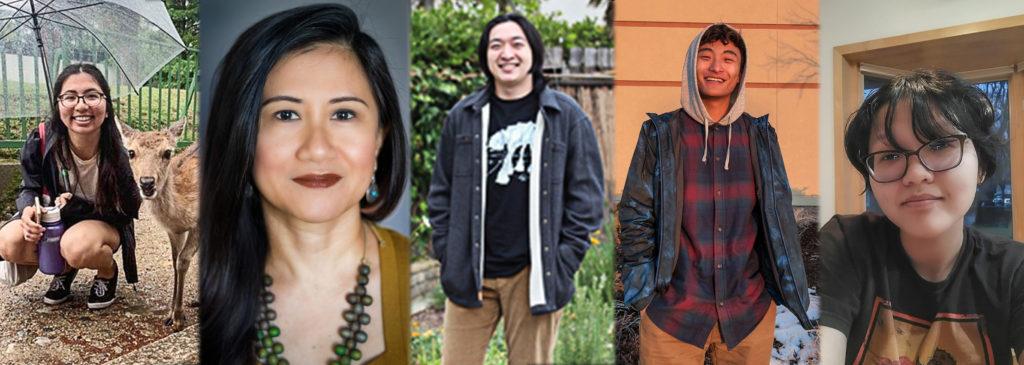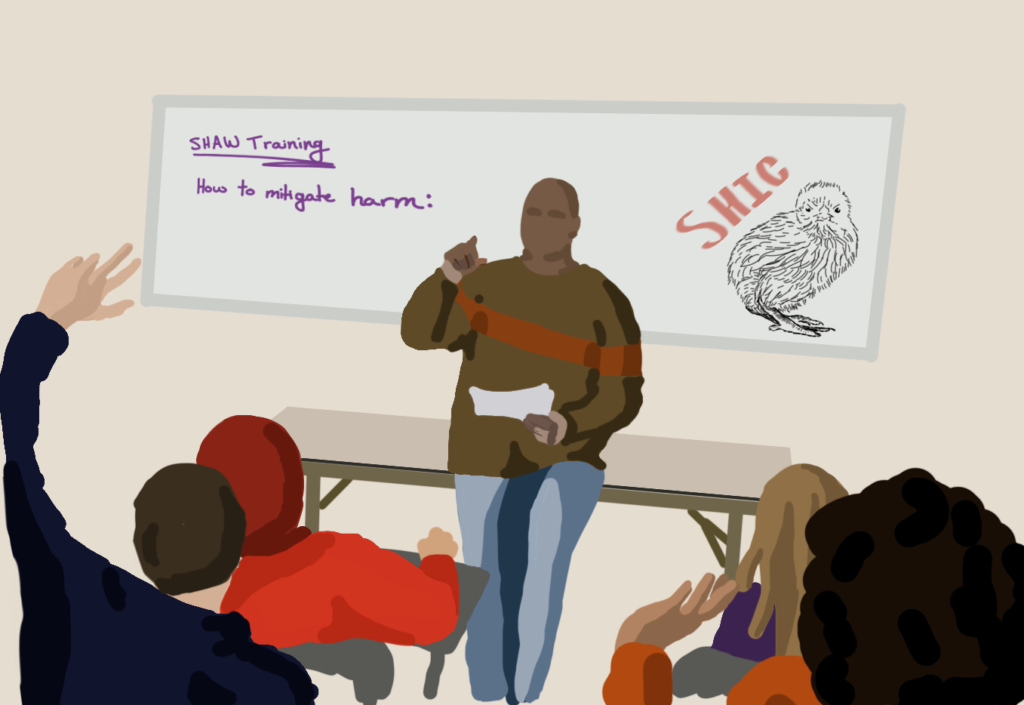On July 25, 2019, Jonathan “Jackie” Brown, professor of biology, tragically died in a car crash during his annual summer research in Hawaii.
“Of course it’s really hard to accept and understand. It was no one’s fault. It wasn’t something that we could have prevented. It just is a tragic accident,” said Idelle Cooper ’01, a former student, colleague, and friend of Brown’s.
Since the beginning of his time as both a student and professor, Brown was never “just” a biologist. Or “just” anything for that matter.
“Recognizing how many people he influenced in his career is really important,” said Shannon Hinsa, head of the biology department. “Because it’s not just that he was a phenomenal scholar—he was a phenomenal scholar and a teacher and a mentor for many students. And he did a lot with the [Grinnell Science Program], too. He just had his hand in so many things.”
Throughout his time at Grinnell, Brown was integral to the reshaping of the College’s biology program. Most notably, he helped reimagine the introductory biology courses and worked closely with Professor Jon Andelson ’70, now the director of the Center for Prairie Studies, to include the Conard Environmental Research Area (CERA) in the College’s academic community.
Although the College had owned CERA since 1968, it was Andelson and Brown that came up with the idea of having a Center for Prairie Studies, an interdisciplinary program that would help students of all backgrounds and interests connect to the land on which Grinnell was built. The physical land, both Andelson and Brown believed, was not just the literal foundation for the College, but also a grounding force in the lives of all Grinnellians. Unlike many of their colleagues, the two refused to “apologize for the location,” said Andelson. Instead, Brown and Andelson wanted to honor it.
“Everybody needs to connect to the land,” said Andelson. “We just saw CERA as a place for that to happen.”
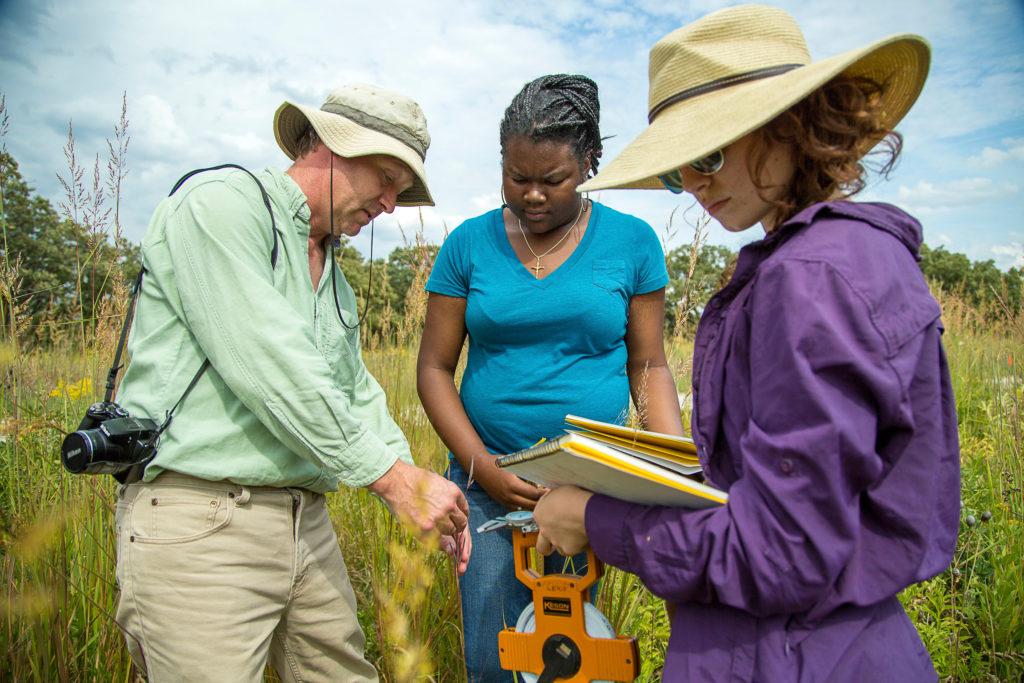
The most beautiful thing about CERA, though, isn’t its acres of rolling prairie grass or endless skies, but its ability to bring students together. Instead of simply being a research area for biological investigation, CERA has become a place for students of all disciplines to gather and learn.
“Jackie was central to expanding the use of CERA, which speaks to his intellectual breadth,” said Andelson. “He truly embodied the interdisciplinary spirit that the College likes to advertise.”
Even as an undergraduate at Carleton College, Brown valued the arts. He loved to read and dance, and he was even involved with the theater program. During his time at Grinnell, he worked with Lesley Wright, director of the Grinnell College Museum of Art, to curate an interdisciplinary show. The exhibition, called “Making Life Visible,” was intended to honor the ways that science and art often work hand-in-hand.
“We were looking for ways that artists and biologists visualize that natural world,” said Wright. “In the act of making a visualization, a scientist makes more discoveries.”
The exhibition was featured in the Grinnell College Museum of Art, previously known as the Faulconer Gallery, from February 2018 to June 2018.
“Jackie was one of our biggest supporters from the sciences,” said Wright. In addition to the show, the two worked together teaching each other’s tutorials on scientific and artistic methods of inquiry. “He started teaching my classes biology and I started teaching his classes about art,” said Wright, “and in that way, we cross-fertilized our classes and learned the skills of observation from one another.”
Observation and the practice of just being curious is central to science. Brown saw connections everywhere, and he applied to his life a process of discovery and reasoning that only an evolutionary biologist could.
A colleague and good friend of Brown’s, Professor Vince Eckhart attested to his attention to detail and appreciation of beauty. “His projects are often focused on an interesting set of organisms where you can address questions about evolutionary biology, the origin of species and ecological relationships,” said Eckhart. “But the part that made him a good biologist is that he was just really excited to see how they lived.”

It was this genuine kindness and curiosity towards the environment that brought Idelle Cooper and Brown together. Although originally his student, Cooper later became close friends with Brown and his family and conducted research with him.
As two biologists, the time they spent on the field together was sacred. “You might be on the Kauai ridge, and it’s raining, and it’s super muddy, and there’s a steep slope on both sides, and there’s no one around for miles and miles,” said Cooper. “And it was just us. We had each other. We were partners in the field. Fieldwork is such a sacred thing because it can be dangerous at times, but also it’s incredibly beautiful and full of potential. So to watch how Jackie did that, and to be able to do it with him, was an extraordinary gift.”
During her years working alongside Brown, Cooper became incredibly close with Brown’s family, even living with them for a period while conducting research in Hawaii one summer. Due to his profound professional, educational and personal influence on her, Cooper cites Brown as one of her key influences and inspirations. “Yes, he taught us about diversity of life on earth,” Cooper said, “but it was really about how to live our lives and how to be curious and rigorous and understanding and loving.”
Of all of his attributes, it is his kindness and good nature that Brown’s wife Rebecca Loew remembers first. As undergraduates at Carleton College, Brown and Loew met during orientation through their shared interest in folk dancing, but they didn’t start dating until the following winter. Brown and Loew continued to date throughout school and finally married two months after graduation.
A week after they married, the couple moved to Europe for Brown’s job as an English language teacher. It was there, in Krems, Austria, on the shore of the Danube River, that they spent the first years of their marriage.
Brown and Loew moved frequently, following Brown’s teaching career and Loew’s job as a social worker. Due to their nomadic life and frugal tendencies, the couple didn’t care much about material things. In fact, they didn’t buy their first TV until moving to Grinnell in 1995.
“Those kinds of fancy things just weren’t what we spent our money on,” said Loew. “The quality of our life was more important to us than having lots of expensive things.” Instead, the couple preferred to travel.
“That was one of the things he really loved about [her],” said Professor of Biology Elizabeth Queathem. “For [their] anniversary he wouldn’t have to reserve the fanciest restaurant in Des Moines to take [her] out to dinner. [She] would just want to go have a picnic at CERA.”
After moving to Grinnell in 1995, Brown received tenure and Loew focused on her art, mostly plant-based textiles. It was here, in Grinnell, where Loew and Brown raised their two kids, Adam and Amelia Loew.

When asked about the early years of their marriage, Loew distinctly remembers a family gathering a few days prior to the wedding.
“We are both from pretty musical families,” said Loew. “I remember very well—a few days before our wedding—my father playing the piano and Jackie’s father singing and then somebody else starting to play the bass. We all hit it off right away.”
Coming back to Grinnell College this fall, it is the small moments where Brown’s presence is most heavily missed.
“We certainly miss him in department meetings,” said Professor Hinsa, “but especially in this hallway. … I could always go and ask Jackie any question I had about statistics or biology. … And we knew that Jackie would tell you what’s right. But he didn’t do it in a way that made you feel like you didn’t know something.”
Brown’s death certainly leaves a hole in the Grinnell community. But despite (or perhaps in addition to) all of his academic success, it seems that Brown was happiest, and the most himself, in the field and around the ones he loved.
“There are so many funny stories about him doing fieldwork, about him making jokes and slipping and falling in the water, but also him just being patient and looking at nature and pointing out to me the things that he was seeing,” said Cooper. “And we would learn from each other how to see the world better. How to take note of patterns and how to try to make sense of them.”
There’s no making sense of this, admits Cooper. But there is something to being kind to the world, and living life as Brown did.
